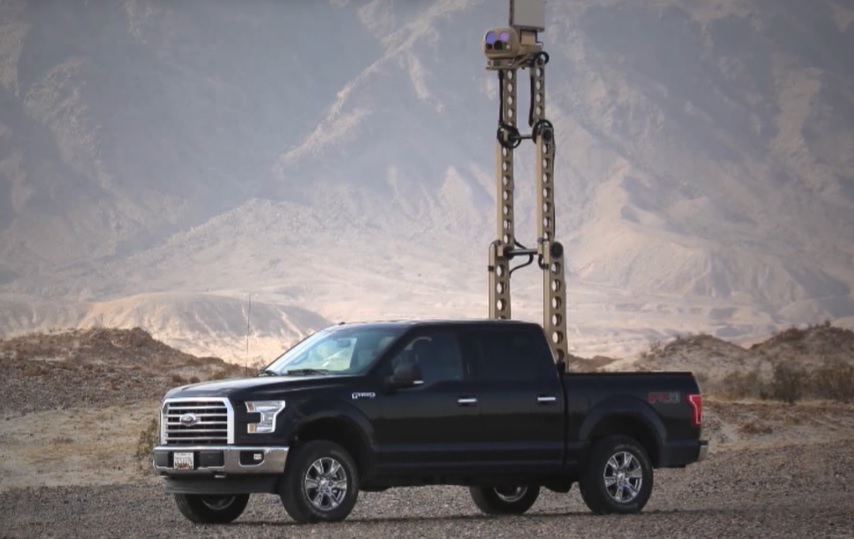This post is also available in:
 עברית (Hebrew)
עברית (Hebrew)
The US Customs and Border Protection (CBP) is enhancing its border protection capabilities with new surveillance platforms.
The agency has awarded FLIR Systems a contract to deliver improved air and ground surveillance capabilities using advanced thermal imaging and drone technology.
All awards are potentially worth more than $23 million, including for the delivery of 19 next-generation LVSS (Lightweight Vehicle Surveillance Systems) for CBP’s Mobile Surveillance Capability (MSC) program and delivery of SkyRaider drone tether kits, StormCaster-T sensor payloads, and other technology for CBP’s Low Altitude Autonomous Safety and Situational Awareness for Officers (LASO) program.
The LVSS systems will be deployed on the southwest and northern U.S. borders. Following delivery, CBP will have a total of 27 LVSS units deployed, fitted with TacFLIR 380-HD cameras and FLIR R20SS radar.
LVSS provides advanced, integrated surveillance that can track up to 500 objects at once at ranges greater than 10 miles (16 km). LVSS is well suited to missions that call for speed, mobility and flexibility, including protecting remote borders, shorelines, and forward operating bases. A single operator can deploy and operate the system’s mast from the cab of a pickup truck in less than 30 seconds. Payloads can be customized to each mission, with options for radar, thermal imagers, lasers, illuminators, weather station, or other intrusion sensors.
The SkyRaider tether kit is a modular, highly transportable system that will enhance CBP’s existing SkyRaider fleet by providing persistent mission support. The tether can deliver power to aircraft and payloads for flights lasting up to 24 hours.
The StormCaster-T imaging payload features a thermal camera for powerful object detection, recognition and identification day or night, with maximum range and time-on-station. Its continuous zoom lens enables long-distance surveillance and reconnaissance while providing clear, actionable imagery, according to the company’s announcement.
























